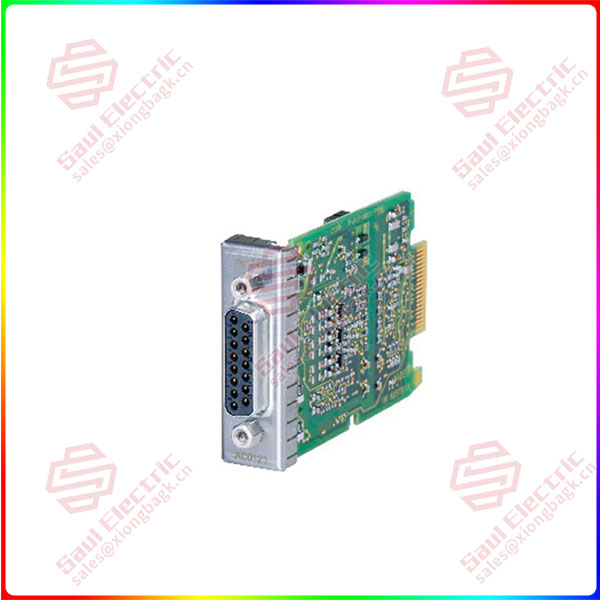The opportunity to subdivide the track
The industrial Internet connects enterprises with various equipment, products, customers, business processes, employees, orders and information systems to achieve the collection, analysis and processing of industrial big data, and then generate business value.
But as Ning Zhenbo, former chief consultant of the information Technology Center of the Aviation Industry Corporation of China, said: “The core of the industrial Internet is the interconnection of people, machines and things, and the difficulty of the industrial Internet is industry.”
The industrial field is large and dispersed, there are many subdivisions, and there are different application scenarios and application needs, requiring industrial Internet platforms and system integrators to understand the characteristics of the industry and the underlying process. For many industrial enterprises, “on the cloud platform” itself is not difficult, the difficult is to open up the various processes of production through intelligent manufacturing, so that data really drive the improvement of production efficiency.

8BAC0120.001-2
Taking the fully automated production line of DTRO membrane components integrated with industrial Internet of Things, industrial big data and other technologies as an example, the research and development lasted for three years and invested tens of millions of funds. If there is no deep binding of the R&D team and users, and continue to invest heavily in research and development, this initiative would not be possible.
“This is the first unmanned chemical plant in the environmental protection water treatment equipment industry, and the world has no experience to learn from.” Our engineers lived and ate in the plant for a whole year, and did nothing but understand the process of the water treatment equipment, make non-standard customized designs, trial and error, and revise repeatedly.” Shi Tao said.
It is the existence of such industry barriers that make it difficult for the industrial Internet to expand rapidly across industries, mainly focusing on petrochemical, electric power, machinery and equipment, home appliances, automobiles, textiles and clothing and other fields. This may mean that on more and more complex subdivisions, there are opportunities for strong growth of emerging companies.
“This year’s revenue target is 90 million yuan, nearly double that of last year.” In Shi Tao’s view, Zhengda Hewin is at least 3 to 5 years ahead in the environmental protection sector.
At present, CP has signed a new order of 150 million yuan to build connected factories in Inner Mongolia, Suzhou, Yantai and other places.
 1 Year Warranty
1 Year Warranty





